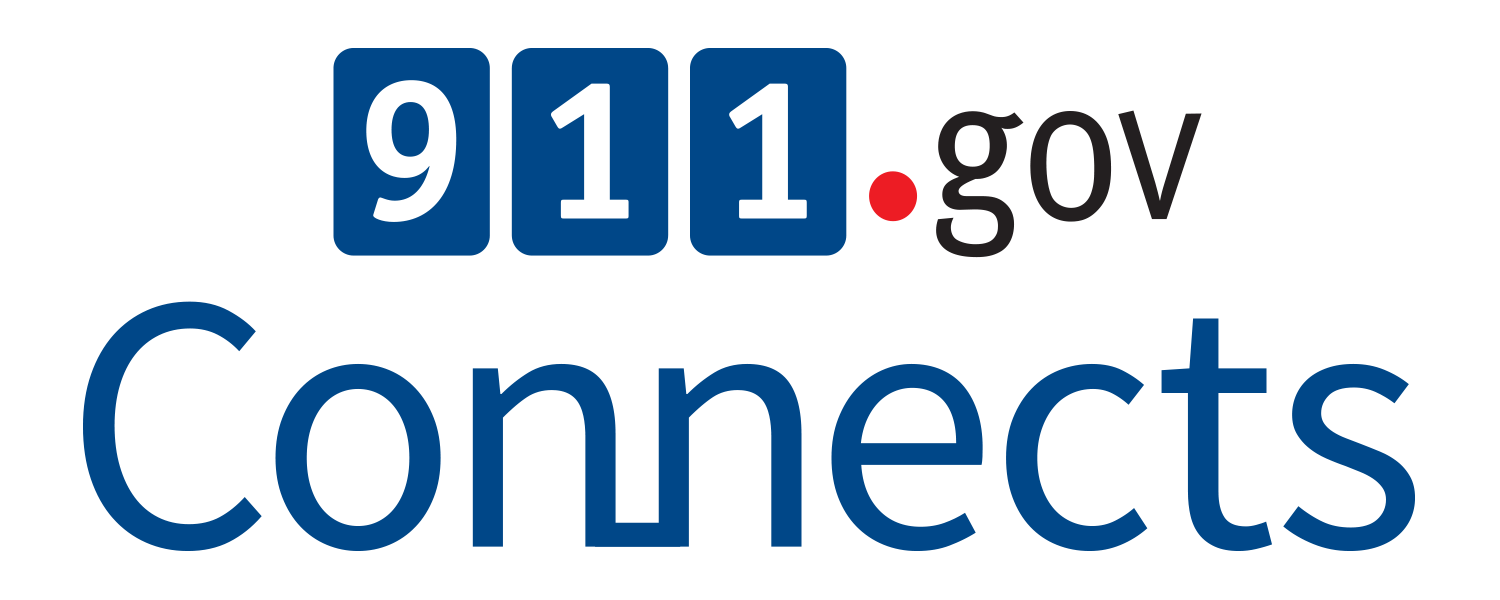Could a Nationally Uniform Data System be in 911’s Future?
911 Program gathers community feedback on the challenges and benefits of a national uniform 911 data system
What if there was a national uniform data set for 911 that would enable the collection, analysis and sharing of standardized data transmitted during 911 calls? What if this uniform data system was made available to all Public Safety Answering Points (PSAPs) and 911 authorities? How could this improve emergency response operations, policy and funding at the local, state and national level? The National 911 Program is pursuing answers to those questions and more, as it explores the possibility of a nationally uniform 911 data system.
“Other public safety and public health industries have national data standards, such as the National EMS Information system, or NEMSIS for EMS,” says Laurie Flaherty, Coordinator for the National 911 Program.
“A 911 call is often the start of a patient care episode, and that record includes critical data that informs care the patient receives throughout the healthcare system. This is just one example of how 911 data, standardized and collected on a national level, could have a big impact on better service to communities.” The project is being undertaken as a result of a formal recommendation made by the FCC’s Task Force on Optimal PSAP Architecture in its January 2016 report. In September of 2016, the Program released a Request for Information (RFI) to gather community input on the establishment of such a data system for 911. If created, it would provide essential information collected by 911 calls to assist with strategic planning, governance decisions and improving 911 throughout the country.
Public and private agencies, associations, local and state 911 authorities and more responded to the RFI. Nearly all of them agreed that implementing this system would enhance interoperability and provide stakeholders with useful standards, requirements and guidance to support system design, governance and funding initiatives. The respondents also predicted that such a system would aid in developing and deploying Next Generation 911 (NG911), determining a PSAP’s eligibility for funding, and analyzing 911 system health. A few other benefits respondents posed include:
Enhanced collection, reporting and analysis of standardized data elements
More consistent performance measures and data-driven decisions
Increased collaboration and efficient information exchange between agencies, particularly during large-scale events
Shared costs for dataset maintenance and smoother transition to regionalization
Along with these potential benefits, the 911 community also shared real challenges in implementing such a system. The National 911 Program and NHTSA are carefully evaluating these potential benefits and risks as they determine the best path forward.



